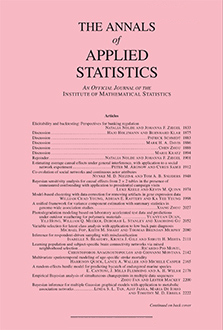Abstract
We present a flexible branching process model for cell population dynamics in synchrony/time-series experiments used to study important cellular processes. Its formulation is constructive, based on an accounting of the unique cohorts in the population as they arise and evolve over time, allowing it to be written in closed form. The model can attribute effects to subsets of the population, providing flexibility not available using the models historically applied to these populations. It provides a tool for in silico synchronization of the population and can be used to deconvolve population-level experimental measurements, such as temporal expression profiles. It also allows for the direct comparison of assay measurements made from multiple experiments. The model can be fit either to budding index or DNA content measurements, or both, and is easily adaptable to new forms of data. The ability to use DNA content data makes the model applicable to almost any organism. We describe the model and illustrate its utility and flexibility in a study of cell cycle progression in the yeast Saccharomyces cerevisiae.
Citation
David A. Orlando. Edwin S. Iversen Jr.. Alexander J. Hartemink. Steven B. Haase. "A branching process model for flow cytometry and budding index measurements in cell synchrony experiments." Ann. Appl. Stat. 3 (4) 1521 - 1541, December 2009. https://doi.org/10.1214/09-AOAS264
Information





